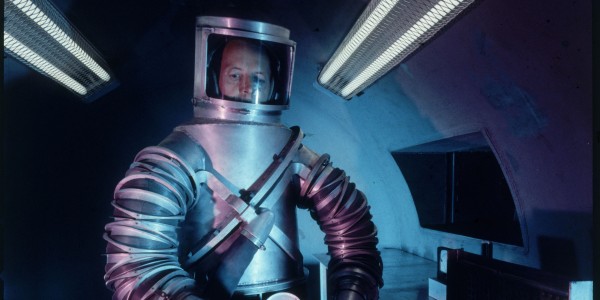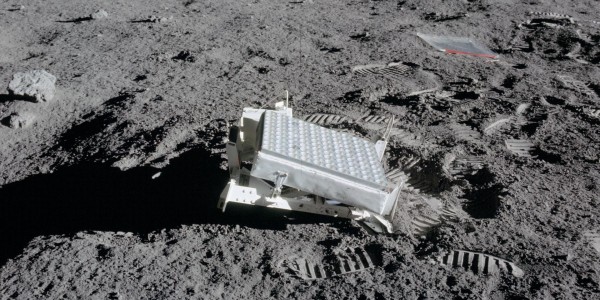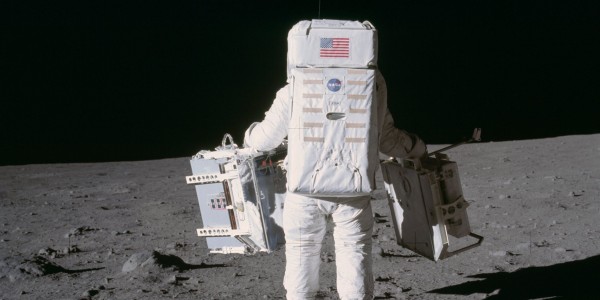The blue and white Delta II rocket thundered into the southern California sky in the morning hours of April 20, 2004. After the Delta II left the Earth’s atmosphere, it released a shimmering silver satellite into the stillness of outer space. Its name: Gravity Probe B. This satellite houses a marvel straight out of a science fiction blockbuster. Some of the world’s most talented physicists worked for decades on this invention to prove Einstein’s theory of relativity.
A bowling ball on a trampoline
The marvel consists of a gleaming block of Heraeus fused silica that is connected to a fused silica telescope and contains four gyroscopes. These spheres, also made of Heraeus fused silica, are the size of ping-pong balls and rotate up to 10,000 times per minute. At the time of the rocket launch, they were the most perfectly spherical objects ever made by human hands. The scientists controlling the satellite from Earth were inspired by Einstein’s theory that the Earth’s mass warps space-time – just like the weight of a bowling ball does a trampoline. The researchers hoped that this effect would alter the furious rotation of the small spheres on board the satellite. But would it prove true?
Twinkle, twinkle, little star
The satellite orbited the Earth for months, and the data that Gravity Probe B sent back to Earth actually did prove Einstein’s theory that the Earth warps space-time. So what happened to Gravity Probe B next? It was officially shut off on December 10, 2010, and has been orbiting the Earth ever since. You can see it up in the night sky, where it will continue to orbit the Earth for 30 years before burning up in the atmosphere.






